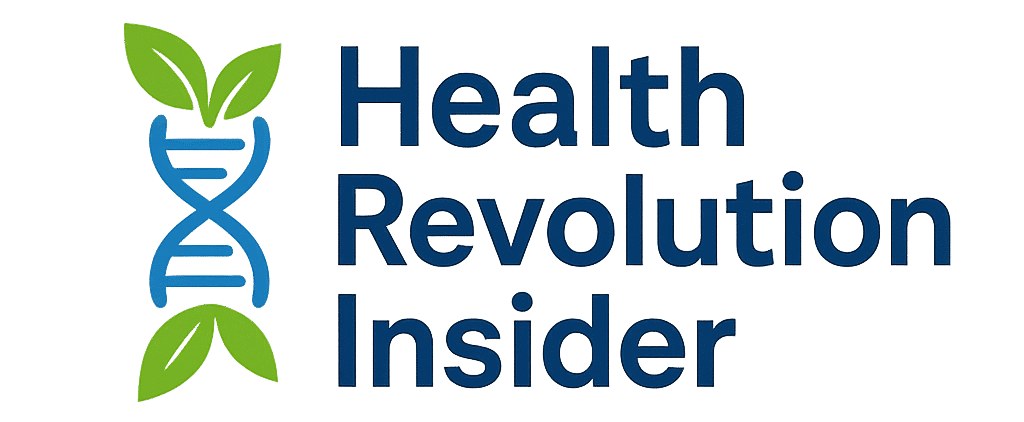Eating disorders are complex mental health conditions that affect millions of people worldwide. These disorders not only have detrimental effects on physical health but also profoundly impact emotional well-being. This article explores the signs and consequences of eating disorders and emphasizes the importance of seeking recovery and support.
Understanding Eating Disorders
Eating disorders are characterized by irregular eating habits and severe distress about body weight or shape. They can manifest in various forms, but the most common types include anorexia nervosa, bulimia nervosa, and binge-eating disorder.
Anorexia Nervosa
Anorexia nervosa is a severe mental health condition characterized by an intense fear of gaining weight and a distorted body image. Individuals with anorexia often perceive themselves as overweight even when they are significantly underweight. Some key aspects of anorexia nervosa include:
- Severe Restriction: People with anorexia strictly limit their food intake, often to the point of self-starvation. They may meticulously count calories, avoid entire food groups, and engage in excessive exercise to burn off any calories consumed.
- Physical Signs: Individuals with anorexia may exhibit physical signs such as extreme thinness, brittle nails, hair loss, and the development of fine body hair (lanugo) as the body attempts to conserve heat.
- Emotional Distress: Anorexia is accompanied by emotional distress, anxiety, and a preoccupation with food, weight, and body shape. This obsession can interfere with daily life and relationships.
- Social Withdrawal: People with anorexia may withdraw from social activities and relationships to hide their eating behaviors or avoid food-related situations.
Bulimia Nervosa
Bulimia nervosa is characterized by recurrent episodes of binge-eating followed by compensatory behaviors to eliminate the consumed calories. These behaviors can include self-induced vomiting, laxative use, excessive exercise, or fasting. Key aspects of bulimia include:
- Binge Episodes: Binge-eating episodes involve the consumption of large amounts of food in a short period, often accompanied by a lack of control over eating. This can lead to feelings of guilt and shame.
- Purging: To compensate for the binge, individuals with bulimia may engage in purging behaviors, such as vomiting or using laxatives. These actions are an attempt to rid the body of calories.
- Body Weight: Unlike anorexia, individuals with bulimia may maintain a relatively normal body weight. This can make it more challenging to identify the disorder.
- Dental Issues: Frequent vomiting can lead to dental problems, including enamel erosion and tooth decay.
Binge-Eating Disorder
Binge-eating disorder (BED) is characterized by recurrent episodes of consuming large quantities of food within a short time, often accompanied by a lack of control over eating. Some important aspects of BED include:
- Lack of Compensatory Behaviors: Unlike bulimia, individuals with BED do not engage in purging or excessive exercise to compensate for binge-eating episodes.
- Emotional Distress: Binge-eating episodes are often triggered by emotional distress, stress, or boredom. After a binge, individuals with BED may feel guilt, shame, and emotional turmoil.
- Weight Gain: BED can lead to significant weight gain or obesity, which can contribute to physical health issues such as diabetes and heart disease.
- Frequent Eating: Individuals with BED may eat even when they are not physically hungry and may continue eating long after they are full.
It’s crucial to recognize that eating disorders are complex and multifaceted. They often involve a combination of genetic, psychological, and environmental factors. Early intervention and professional treatment are essential for individuals struggling with these disorders, as they can have severe physical and mental health consequences. Understanding the specific characteristics and signs of each eating disorder is a crucial step toward providing appropriate support and treatment to those in need.
Consequences of Eating Disorders
Eating disorders can have severe and life-threatening consequences
Physical Health Consequences
- Malnutrition: Severe restriction of food intake in anorexia nervosa and the recurrent purging or binge-eating in bulimia nervosa can lead to malnutrition. This deficiency of essential nutrients can result in fatigue, weakness, dizziness, and compromised immune function.
- Electrolyte Imbalances: Frequent purging behaviors, such as vomiting and laxative use, can disturb electrolyte balance in the body. This can lead to heart palpitations, irregular heart rhythms, and electrolyte imbalances that may be life-threatening.
- Gastrointestinal Issues: Bulimia nervosa can cause gastrointestinal problems such as acid reflux, chronic stomach pain, and inflammation of the esophagus. Chronic vomiting can damage the esophagus and lead to Barrett’s esophagus, a precancerous condition.
- Cardiovascular Problems: Eating disorders can have a severe impact on the heart, including bradycardia (slow heart rate), arrhythmias (irregular heart rhythms), and even heart failure. Prolonged malnutrition and electrolyte imbalances are contributing factors.
- Bone Health: Osteoporosis and weakened bones are common in individuals with eating disorders, particularly anorexia nervosa. The lack of essential nutrients, especially calcium, can lead to brittle bones and fractures.
Mental Health Consequences
- Depression: Eating disorders often co-occur with depression. The emotional distress, feelings of guilt, and the preoccupation with food and body image can contribute to depressive symptoms.
- Anxiety Disorders: Anxiety disorders, including generalized anxiety disorder and social anxiety disorder, are frequently seen in individuals with eating disorders. The fear of gaining weight or being judged based on appearance can contribute to anxiety.
- Suicidal Thoughts: Eating disorders can lead to extreme emotional distress and, in severe cases, suicidal thoughts or attempts. The combination of physical health deterioration and emotional turmoil can be overwhelming.
- Cognitive Impairment: Malnutrition can affect cognitive function, leading to difficulty concentrating, memory problems, and poor decision-making.
- Obsessive-Compulsive Features: People with eating disorders may exhibit obsessive-compulsive behaviors related to food, eating rituals, or exercise routines.
Social Consequences
- Social Isolation: Individuals with eating disorders may withdraw from social activities, gatherings, and relationships due to shame, guilt, and fear of judgment. This isolation can exacerbate the disorder and hinder recovery.
- Loss of Employment and Educational Opportunities: Eating disorders can lead to difficulties in maintaining employment or pursuing educational goals due to the physical and mental health challenges they pose.
- Stigmatization: There is often a stigma associated with eating disorders, which can lead to misunderstanding and discrimination. This can further isolate individuals and deter them from seeking help.
- Strained Relationships: Family and friends may struggle to understand and cope with the changes in behavior and mood associated with eating disorders. This can lead to strained relationships and a lack of support.
- Financial Impact: The cost of medical treatment, therapy, and specialized dietary plans can place a significant financial burden on individuals and their families.
It is crucial to emphasize that eating disorders are treatable conditions, and recovery is possible. Early intervention, professional help, therapy, and a strong support network are essential components of the recovery process. Recognizing the severity of the physical, mental, and social consequences of eating disorders underscores the importance of seeking help and support as early as possible.
Seeking Recovery and Support
Recovery from an eating disorder is possible with the right treatment and support. Here are some essential steps toward recovery:
- Professional Help: Seek help from healthcare professionals, including therapists, dietitians, and medical doctors, who specialize in eating disorders. They can provide tailored treatment plans.
- Therapy: Cognitive-behavioral therapy (CBT), dialectical-behavior therapy (DBT), and family-based therapy have shown effectiveness in treating eating disorders. Therapy helps individuals address the underlying emotional and psychological factors contributing to their condition.
- Nutritional Support: A registered dietitian can create a balanced meal plan to help individuals regain physical health while working on the psychological aspects of the disorder.
- Support Groups: Joining support groups or connecting with others who have experienced eating disorders can provide a sense of community and understanding during the recovery journey.
- Self-Compassion: Learning self-compassion and challenging negative self-talk are crucial components of recovery. Building a positive self-image is essential.
Eating disorders are serious conditions that can have devastating effects on physical and mental health. Recognizing the signs and consequences of these disorders is the first step toward recovery. Seeking professional help, therapy, and a support network are vital components of the recovery process. With the right guidance and determination, individuals can overcome eating disorders and regain control of their lives.
Sources:
- National Eating Disorders Association. (n.d.). About Eating Disorders. https://www.nationaleatingdisorders.org/about-eating-disorders
- Mayo Clinic. (2021). Eating disorders. https://www.mayoclinic.org/diseases-conditions/eating-disorders/symptoms-causes/syc-20353603
- National Institute of Mental Health. (2021). Eating Disorders. https://www.nimh.nih.gov/health/topics/eating-disorders/index.shtml

